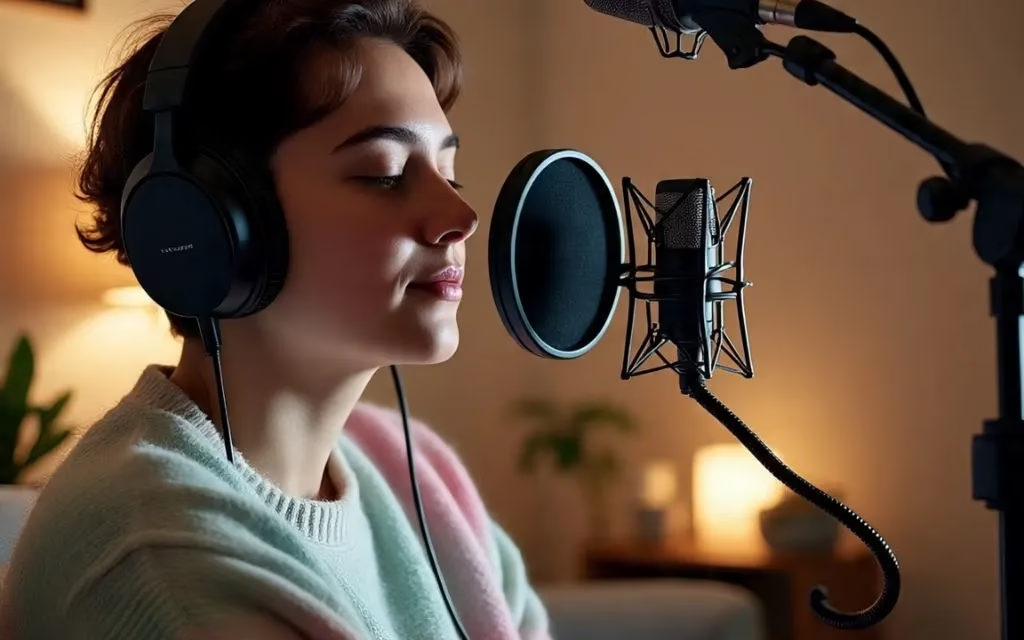How to Record ASMR Sounds: A Complete Beginner’s Guide
ASMR, or Autonomous Sensory Meridian Response, has taken the internet by storm. From gentle whispers to tapping sounds, millions of people now turn to ASMR videos and recordings to relax, sleep, or focus. If you’ve ever wondered how to record ASMR sounds yourself, this guide will walk you through the process step by step.
What Is ASMR?
Before diving into the technical aspects, it’s important to understand what ASMR is. ASMR is a tingling sensation that usually begins on the scalp and moves down the neck and spine. It can be triggered by soft, repetitive sounds or personal attention. The goal of ASMR recordings is to replicate those triggers through high-quality audio.
Choose the Right Equipment
The first and most crucial step in learning how to record ASMR sounds is selecting the proper equipment. Unlike general podcasting or music recording, ASMR requires microphones that can capture the subtle nuances of quiet sounds.
Microphones:
Binaural microphones are the gold standard for ASMR. These microphones are designed to mimic the way human ears hear sound, offering a 3D audio experience. Brands like 3Dio and Zoom H3-VR are popular among ASMRtists. If you’re on a budget, a high-quality condenser microphone like the Blue Yeti is a good starting point.
Headphones:
Monitoring your audio in real-time is vital. Use closed-back studio headphones to isolate background noise and ensure your sound is clean.
Audio Interface:
If you’re using XLR microphones, an audio interface will help convert analog signals to digital. Focusrite Scarlett and PreSonus are reliable choices.
Prepare Your Recording Space
Your recording environment is just as important as your gear. ASMR sounds are subtle, so even a small background noise can ruin the experience.
Soundproofing:
Record in a quiet, controlled space. Use blankets, foam panels, or even a closet filled with clothes to absorb ambient noise.
Background Noise:
Turn off air conditioners, fans, or any electronics that hum. Record during the quietest part of the day—usually late at night or early morning.
Select Your ASMR Triggers
Once your space is ready, decide what kind of ASMR sounds you want to record. Common triggers include:
- Whispering or soft speaking
- Tapping on various surfaces (glass, wood, plastic)
- Brushing sounds (makeup brushes or hair brushes)
- Crinkling paper or plastic
- Mouth sounds (gentle eating or lip smacking)
Experiment with different objects and techniques to discover what sounds best and what your audience enjoys.
Record with Precision
When learning how to record ASMR sounds, practice and patience are key. Keep the microphone close to the sound source, but avoid distortion. Use a pop filter if you’re whispering directly into the mic.
Record in high resolution—at least 44.1 kHz/24-bit—for better editing flexibility. Also, leave a few seconds of silence at the beginning and end of your recording. This helps when removing background noise in post-production.
Edit and Enhance
Post-production plays a significant role in creating professional ASMR audio.
Software:
Use digital audio workstations (DAWs) like Audacity (free), Adobe Audition, or Reaper to edit your recordings.
Noise Reduction:
Use noise reduction tools to remove unwanted hums or static. Be gentle—overprocessing can ruin the natural quality of ASMR sounds.
Panning and Volume Control:
Use stereo panning to create an immersive experience. Gradually shift sounds from one ear to the other to trigger the ASMR sensation.




